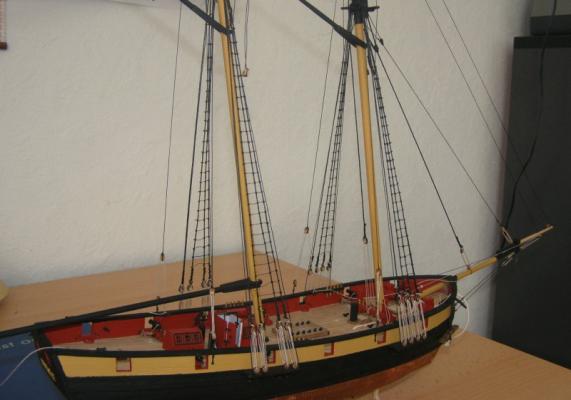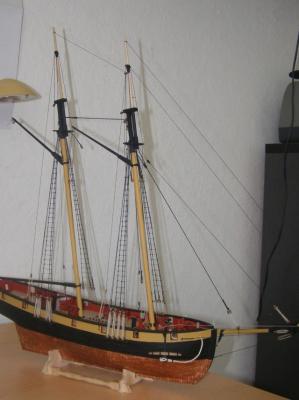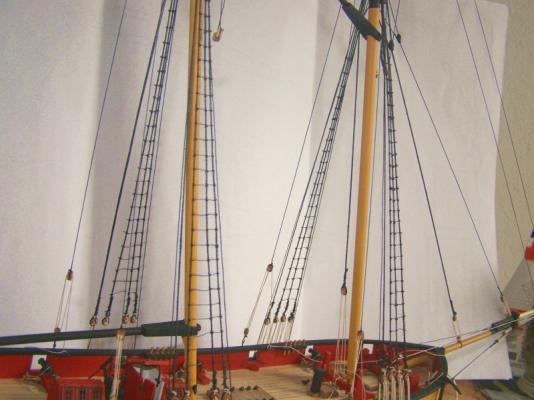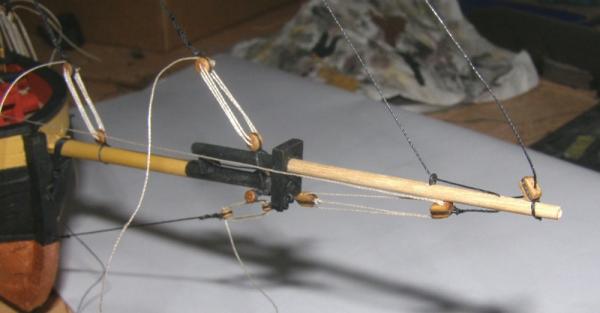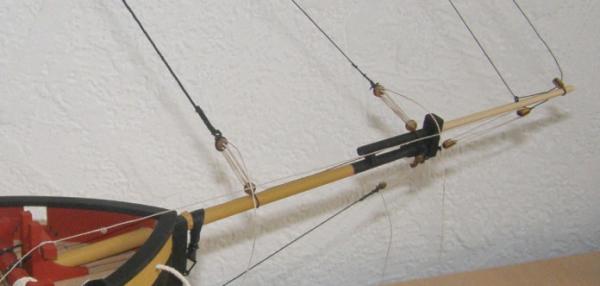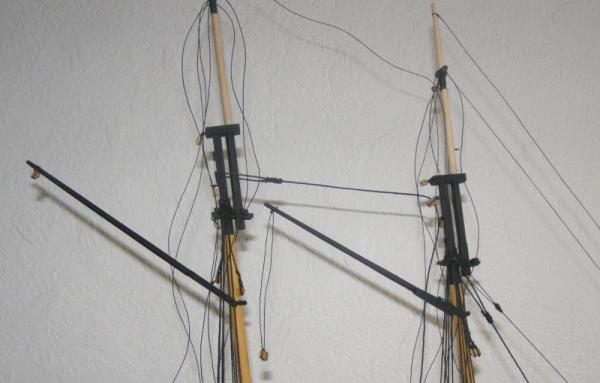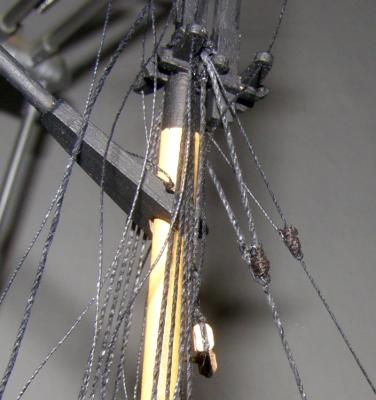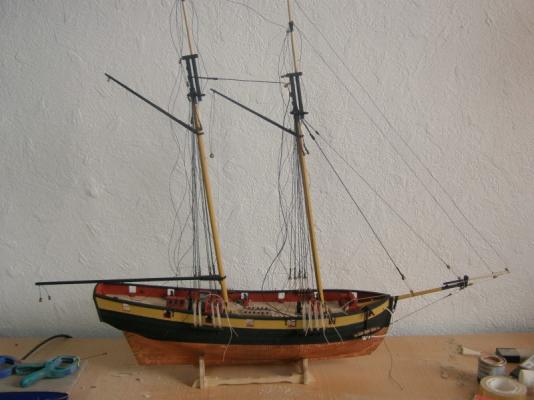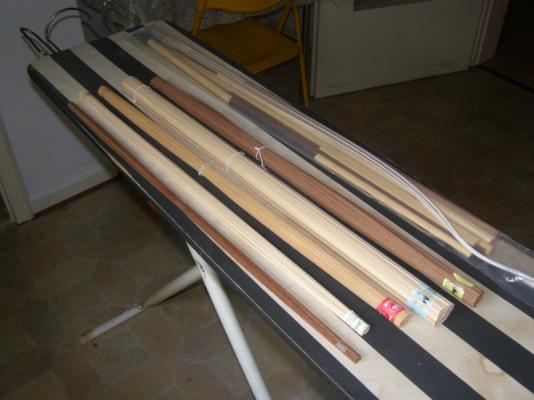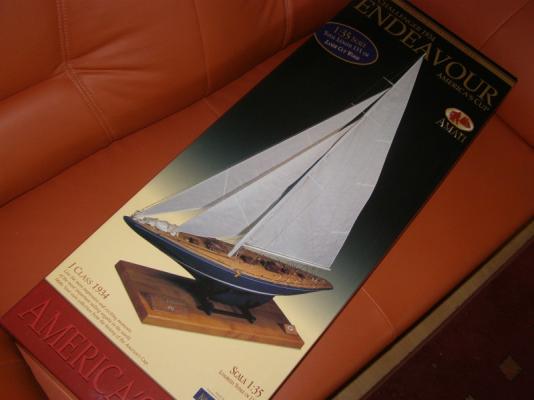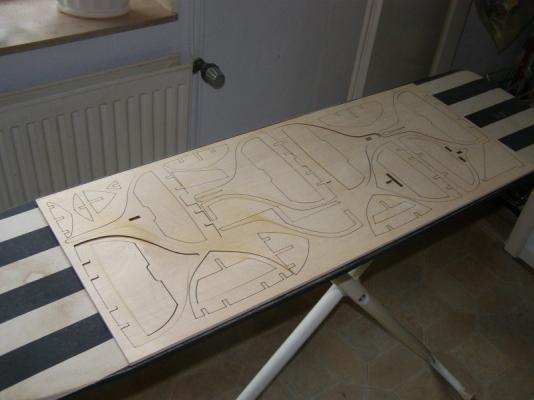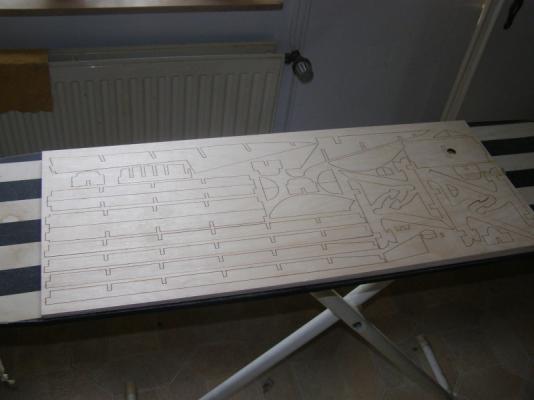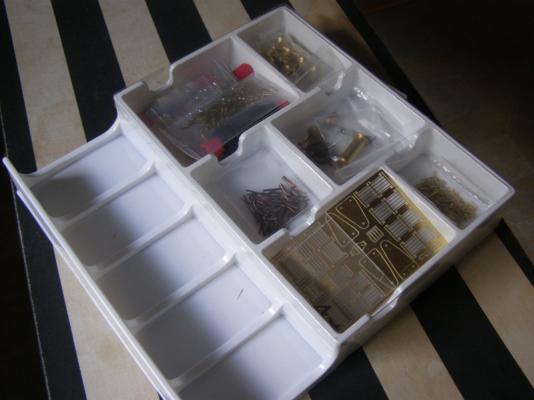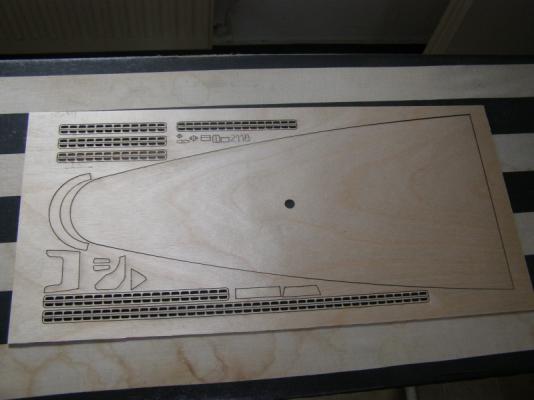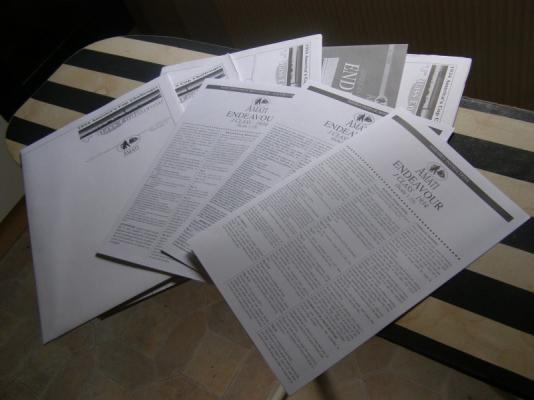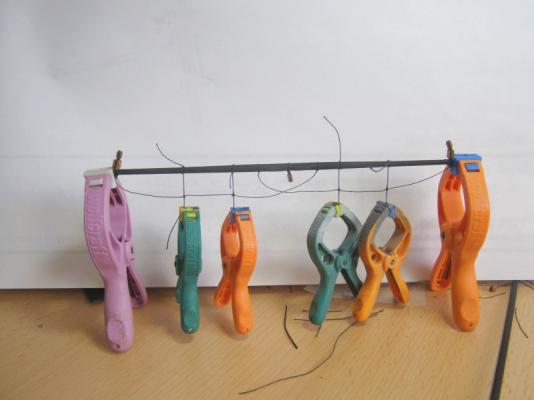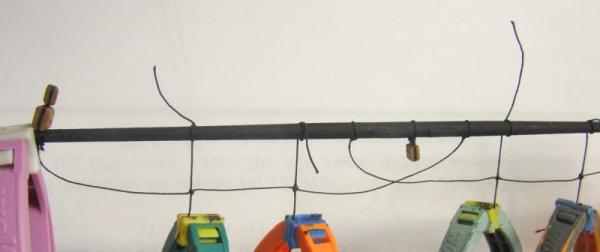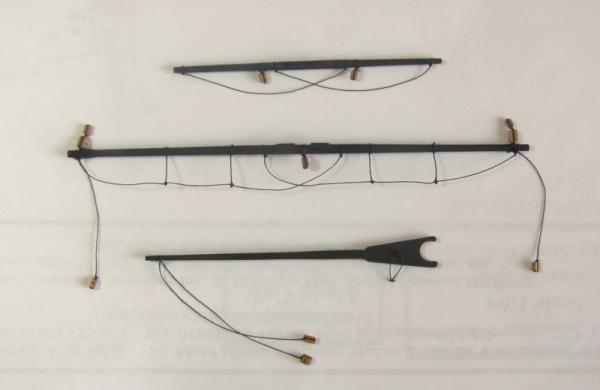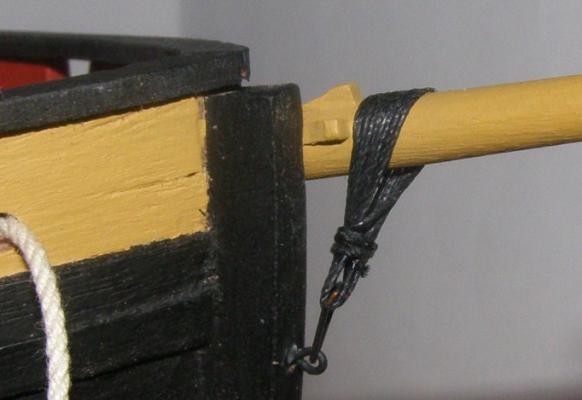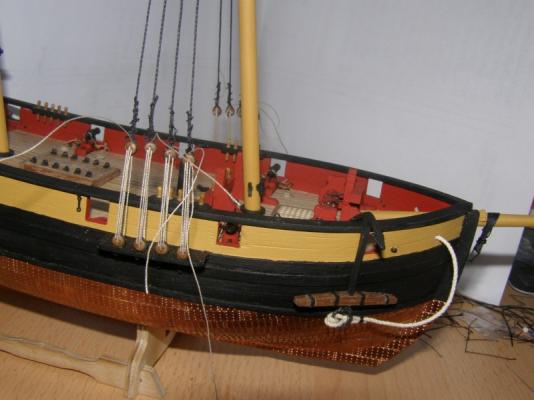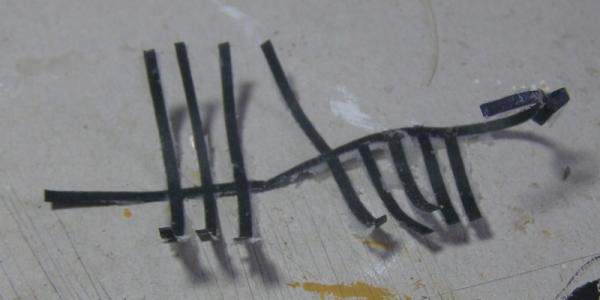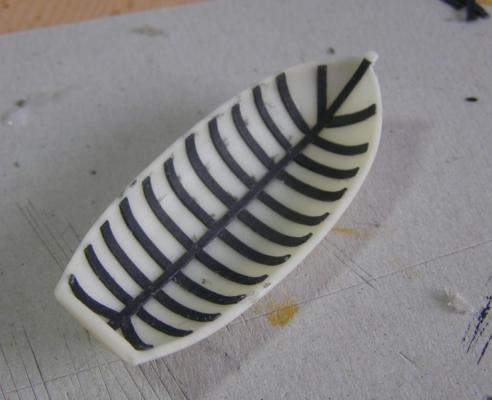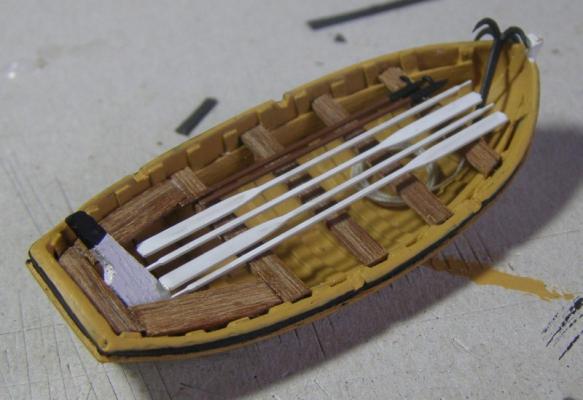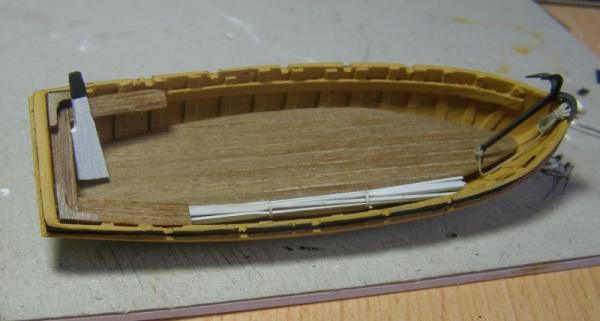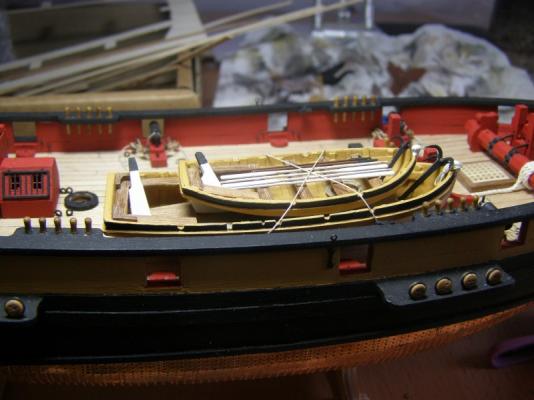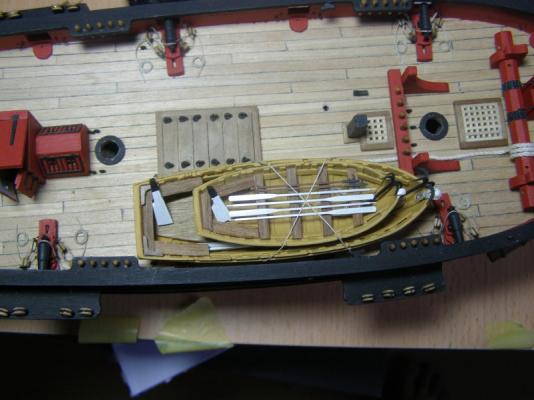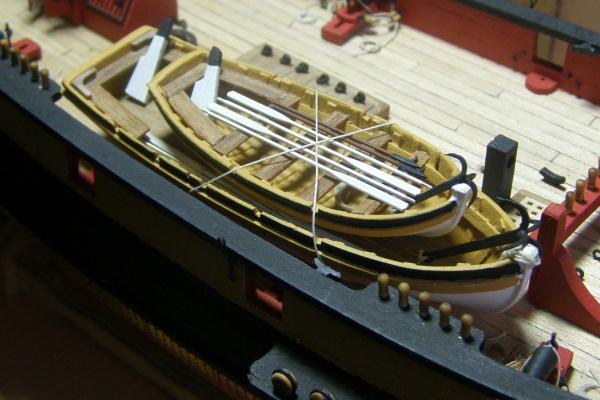-
Posts
298 -
Joined
-
Last visited
Content Type
Profiles
Forums
Gallery
Events
Everything posted by The Sailor
-
A schooner!! Very nice framing and deck beams.
- 86 replies
-
- schooner
- effie m morrisey
-
(and 1 more)
Tagged with:
-
Thanks again for your big interest. I know, Floyd but i‘m short on experience with such things. The other big difficulty could be to waterproof the wooden hull. I think, she lives much longer when I keep her far away from any action of water. Yes, it‘s a full size ironing board. The overall length is 115 cm (3,77 ft), the height is 146 cm (4,79 ft).
- 162 replies
-
Thank you very much for your nice comments, Bill, ZyXuz, Jeff and Hamilton. Much appreciated. The thread I‘ve used for the stirrups is out of the box. It‘s stiff enough. Jeff, have fun with the renovations.
-
Hi Floyd, my admiral broke down when she saw the box. The height of the mast is very impressive but not the problem. Tapering the round timber could be a really tough job.
- 162 replies
-
Your Santa Maria looks very nice and you can be proud of what you did.
- 29 replies
-
- santa maria
- amati
-
(and 1 more)
Tagged with:
-
Thank you very nuch for your interest, Tim, Yves, Jay, Børge and TBlack. Just take a seat. But be patient with me, first I have to finish my Pickle. Jeff, I just found your half hull build log. It‘s very nice. Yves, thanks for posting the picture.
- 162 replies
-
Hello, today a huge box came in. When the rigging of my Pickle is done I‘ll start with the America‘s Cup yacht Endeavour. The 1/35 scale kit includes laser cutted parts for the deck, keel and frames, limewood and mahogany planking material, brass and wooden fittings, photo etched brass details, cloth, plans, instructions in three languages (Italian, French and English). Endeavour is a 130-foot (40 m) J-class yacht built for the 1934 America's Cup by Camper and Nicholson in Gosport, Portsmouth Harbour, England. She was built for Sir Thomas Sopwith who used his aviation design expertise to ensure the yacht was the most advanced of its day with a steel hull and mast. She was launched in 1934 and won many races in her first season including against the J's Velsheda and Shamrock V. She failed in her America's Cup challenge against the American defender Rainbow but came closer to lifting the cup than any other until Australia II succeeded in 1983. (Wikipedia) The box Frames and keel Metal parts Wooden strips for planking and the material for the mast The deck and the wooden fittings The building plans The Amati kit is really impressive. The wooden parts are of good quality, only the sails are not sewn. Anyway, I can‘t wait laying the keel.
- 162 replies
-
No way! After all the work my Pickle sails with two boats. I‘ve made a little modification on the fore yard stirrups. They are not made from brass wire but the same black thread I used for the footropes. The gammoning and the lower mast shrouds (fore mast) are rigged.
-
Hello Jason, that looks fantastic. I also like the hooks.
- 800 replies
-
- snake
- caldercraft
-
(and 1 more)
Tagged with:
-
That's a very nice little boat, Hamilton. I think the traditional construction technique is the best.
-
Thank you very much for your kind words Bill, Pete, Ferit, Jason and Hamilton. Jason I think styrene is a good alternative to simulate wooden frames. By the way I didn‘t use the provided paper. I‘ve bought a sheet of black cardboard with a higher paper weight and used it instead. Hamilton I‘m very happy with the result and all the rest is hidden by the colour. So thanks again, guys.
-
At last the ship's boats have been completed. Believe me, it was a real challenge. First of all the boat's resin hulls should have been sanded. Otherwise you can have big problems when glueing the cartridge paper for the ribs into the hull. My big awareness... But the rest was quite easy. Well, the lauch is very tall and I'll don't fit it until the rigging has been completed.
About us
Modelshipworld - Advancing Ship Modeling through Research
SSL Secured
Your security is important for us so this Website is SSL-Secured
NRG Mailing Address
Nautical Research Guild
237 South Lincoln Street
Westmont IL, 60559-1917
Model Ship World ® and the MSW logo are Registered Trademarks, and belong to the Nautical Research Guild (United States Patent and Trademark Office: No. 6,929,264 & No. 6,929,274, registered Dec. 20, 2022)
Helpful Links
About the NRG
If you enjoy building ship models that are historically accurate as well as beautiful, then The Nautical Research Guild (NRG) is just right for you.
The Guild is a non-profit educational organization whose mission is to “Advance Ship Modeling Through Research”. We provide support to our members in their efforts to raise the quality of their model ships.
The Nautical Research Guild has published our world-renowned quarterly magazine, The Nautical Research Journal, since 1955. The pages of the Journal are full of articles by accomplished ship modelers who show you how they create those exquisite details on their models, and by maritime historians who show you the correct details to build. The Journal is available in both print and digital editions. Go to the NRG web site (www.thenrg.org) to download a complimentary digital copy of the Journal. The NRG also publishes plan sets, books and compilations of back issues of the Journal and the former Ships in Scale and Model Ship Builder magazines.



